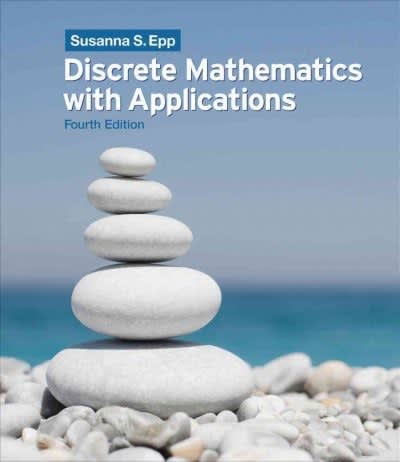A consumer magazine is preparing a story about the "convenience" of convenience stores. In particular, the magazine is examining shopping durations at three convenience store chains. Shopping duration refers to the amount of time (in minutes) that elapses from the moment a customer enters the store to the moment he leaves the store. The magazine created 10 short lists of items that could be purchased in a convenience store. Over the course of several weeks, a representative from the magazine visited each chain 10 times and purchased a different list of items each time. (Thus, each list of items was purchased at all three chains.) After checking that the assumptions for the test were satisfied, the magazine performed a one-way, repeated-measures ANOVA test to compare the shopping durations for the three chains. (a) Shown below is the ANOVA table for the test. Complete the table, and then answer the questions after the table. Do not round any values in the table except the F statistic value, which you should round to at least three decimal places. Source of Degrees of Sum of variation freedom squares Mean square F Statistic X ? Treatments 0.3114 Blocks 0.3852 Error 18 0.54 0.03 Total 29 1.2366 (b) At the 0.05 significance level, what is the critical value for the repeated-measures ANOVA test? Round your response to at least three decimal places. U.34 0.03 Total 29 1.2366 (b) At the 0.05 significance level, what is the critical value for the repeated-measures ANOVA test? Round your response to at least three decimal places. X (c) Using the 0.05 significance level, can the magazine conclude that at least one of the convenience store chains has a different population mean shopping duration from the others? Yes ONo X 15 (d) Decide if this statement is true or false: In doing a repeated-measures study, the experimenter must consider the possibility of order effects. True False X (e) Decide if this statement is true or false: Compared to a repeated-measures study, an independent-samples study helps to eliminate variability due to individual differences and requires fewer sample measurements to detect differences among population means when they exist. True False X Pic Stitch







